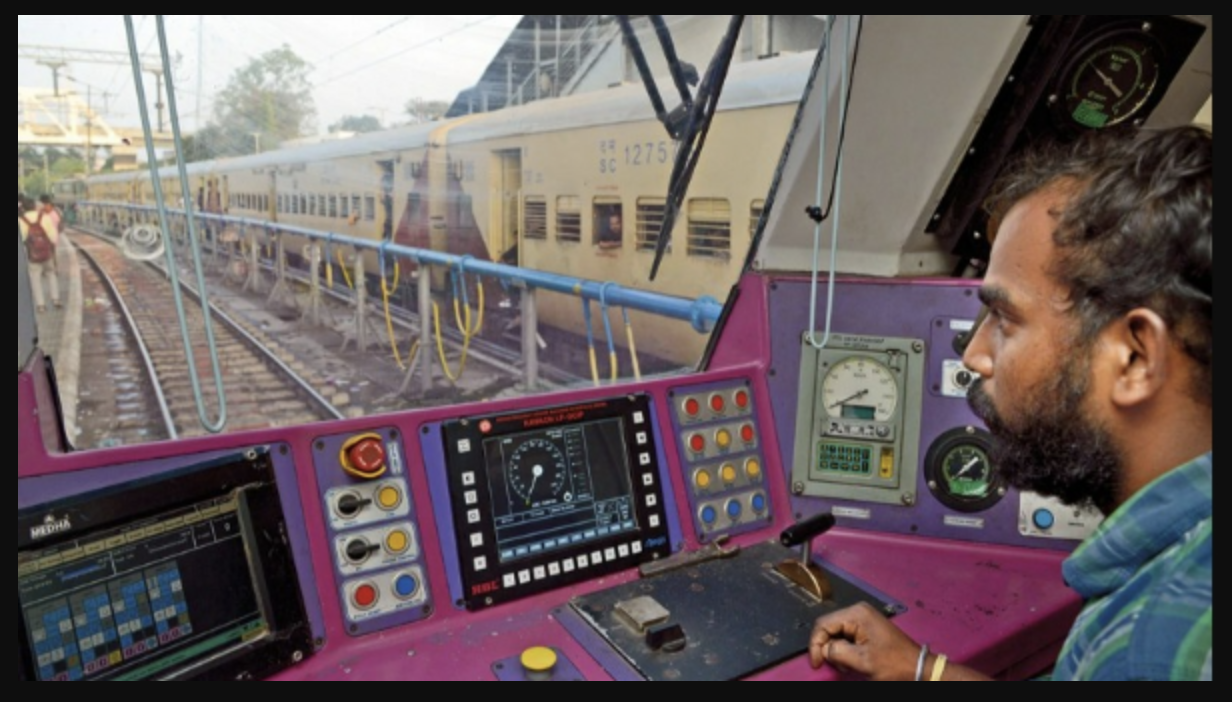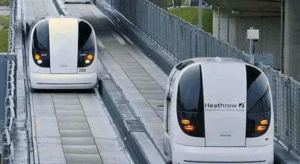China has taken a significant step in its low-altitude economy by approving the commercial use of autonomous passenger drones.
Pilotless urban sightseeing tours are now possible thanks to air operator certificates issued by the Civil Aviation Administration of China (CAAC) to EHang Holdings and Hefei Hey Airlines.

China Approves Commercial Use of Autonomous Passenger Drones
Both businesses complied with stringent legal requirements, such as airworthiness, production, and type certification.
Low-altitude tourism is anticipated to be the first significant application, according to analysts, and EHang’s urban flights are anticipated to support industry expansion.
The low-altitude economy, which includes flying cars, blimps, and passenger drones, is being actively promoted by the Chinese government.
Along with biomanufacturing, artificial intelligence, quantum computing, and 6G networks, the low-altitude economy is regarded as a major engine of economic growth.
As per a tweet, “China has officially entered the era of “flying taxis”. 2 Chinese companies have obtained the commercial operation certificate for autonomous passenger drones from CAAC. China is at the forefront of the world’s 4th Industrial Revolution.”
The low-altitude economy is a “powerful engine” for China’s development, according to senior industry official Cheng Bolin.
Production Certificate for eVTOL Vehicles Granted to EHang
A production certificate for electric vertical take-off and landing (eVTOL) vehicles has been granted to EHang, the first company in the world to do so in China.
The EHang EH216-S model is a two-seater, 16-propeller, fully electric drone that is intended for sightseeing tours, airport transfers, and air taxi services.
With a top altitude of 3,000 meters and a cruising speed of 100 km/h, the EH216-S is a good choice for urban transportation.
By 2025, China’s low-altitude economy is expected to be worth 1.5 trillion yuan, and by 2035, it is expected to be worth 2.5 trillion yuan.
Global aerospace behemoths like Boeing, Airbus, and Embraer are also joining the market, and automakers like Xpeng and Geely are competing with EHang and Feihang Aviation.













